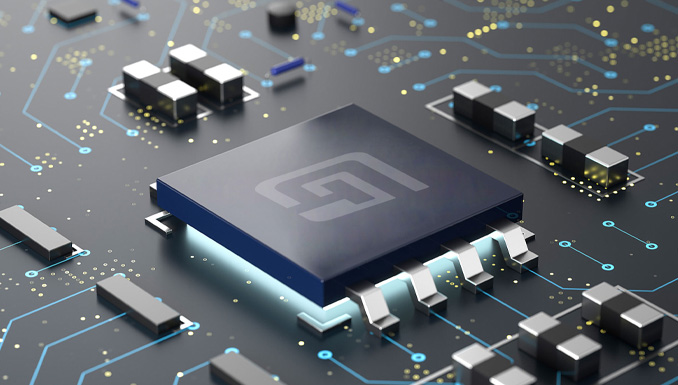Battle in the storage field: Nor Flash VS EEPROM
2024-01-24
In the wave of the information age, storage technology has always been one of the focuses of competition in the field of science and technology. With the popularity of electronic devices, Nor Flash and EEPROM, two common non-volatile memory devices, are engaged in a fierce duel.
One of the advantages of Nor Flash is its large storage capacity and high reading speed. For applications that require large-scale storage and fast reading, such as operating systems, firmware storage, etc., Nor Flash is often the first choice. Its excellent performance in system startup and code execution makes it very popular in the embedded field. However, the disadvantages of Nor Flash are also obvious. Its writing speed is relatively slow and its price is relatively high, which may become a constraint in some specific scenarios.
In comparison, the biggest advantage of EEPROM is its rewritable nature, which allows flexible modification of stored data. This makes EEPROM occupy a place in scenarios that require frequent writing, such as smart cards, sensors and other fields. EEPROM's relatively fast write speed and relatively low price make it ideal for some applications that are sensitive to cost and write frequency. However, the storage capacity of EEPROM is relatively small, and the read speed is not as good as Nor Flash, which may be insufficient in some scenarios with higher performance requirements.
In recent years, with the continuous development of technology, the emergence of some new storage technologies has made the competition between Nor Flash and EEPROM more intense. For example, the rise of 3D NAND flash memory technology has greatly improved storage density while maintaining a relatively high performance level, which poses a certain threat to Nor Flash. At the same time, some new EEPROM technologies have also made some breakthroughs in improving storage capacity and read and write speeds.
Taken together, Nor Flash and EEPROM each have unique advantages and application scenarios. Nor Flash is suitable for scenarios that require large capacity and high-speed reading, while EEPROM performs well in cost-sensitive applications that require frequent writing. In the future, as technology continues to advance, competition in storage technology will become more intense. New storage technologies may emerge to redefine the entire storage field. In this technological race, companies and research institutions will continue to work hard to innovate to meet growing storage needs.

One of the advantages of Nor Flash is its large storage capacity and high reading speed. For applications that require large-scale storage and fast reading, such as operating systems, firmware storage, etc., Nor Flash is often the first choice. Its excellent performance in system startup and code execution makes it very popular in the embedded field. However, the disadvantages of Nor Flash are also obvious. Its writing speed is relatively slow and its price is relatively high, which may become a constraint in some specific scenarios.
In comparison, the biggest advantage of EEPROM is its rewritable nature, which allows flexible modification of stored data. This makes EEPROM occupy a place in scenarios that require frequent writing, such as smart cards, sensors and other fields. EEPROM's relatively fast write speed and relatively low price make it ideal for some applications that are sensitive to cost and write frequency. However, the storage capacity of EEPROM is relatively small, and the read speed is not as good as Nor Flash, which may be insufficient in some scenarios with higher performance requirements.
In recent years, with the continuous development of technology, the emergence of some new storage technologies has made the competition between Nor Flash and EEPROM more intense. For example, the rise of 3D NAND flash memory technology has greatly improved storage density while maintaining a relatively high performance level, which poses a certain threat to Nor Flash. At the same time, some new EEPROM technologies have also made some breakthroughs in improving storage capacity and read and write speeds.
Taken together, Nor Flash and EEPROM each have unique advantages and application scenarios. Nor Flash is suitable for scenarios that require large capacity and high-speed reading, while EEPROM performs well in cost-sensitive applications that require frequent writing. In the future, as technology continues to advance, competition in storage technology will become more intense. New storage technologies may emerge to redefine the entire storage field. In this technological race, companies and research institutions will continue to work hard to innovate to meet growing storage needs.
Recommended News
-
How to Auto Run Flash in Chrome: A Guide to Managing Flash Content
2024-12月-24
-
How to Turn Off Auto Flash
2024-12月-23
-
What is the Difference Between NOR Flash and NAND Flash?
2024-12月-16
























